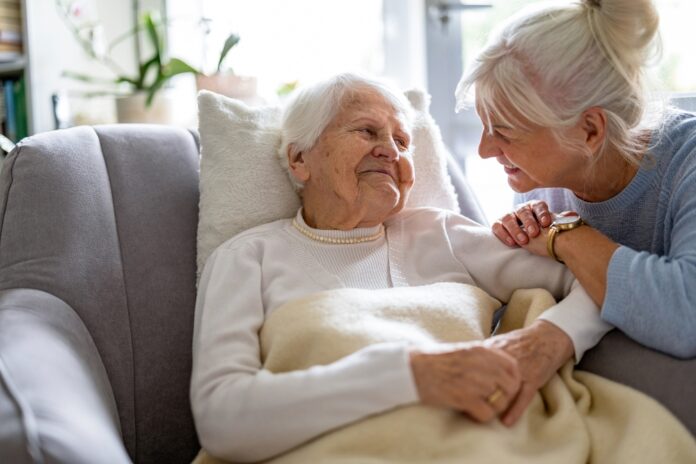As our loved ones age, ensuring their safety at home becomes a paramount concern. Modifying their living space not only enhances their independence but also provides peace of mind for family members. Here’s a comprehensive guide on how to make a home safer and more comfortable for an elderly parent.
Assessing the Home for Safety
Before making any changes, it’s crucial to assess your parent’s living conditions to identify potential hazards. Engaging a professional, such as an occupational therapist or a Certified Aging in Place Specialist (CAPS), can provide valuable insights into necessary modifications. They can help develop a structured plan addressing problem areas like tripping hazards or difficult-to-access spots.
Common Home Modifications
1. Flooring and Tripping Hazards
To prevent falls, consider replacing high-pile carpets with low-pile options and ensure all flooring surfaces are non-slip. Secure rugs with non-slip pads and eliminate any uneven surfaces that could cause trips. Organizing electrical cords and removing clutter can also reduce the risk of accidents.
2. Bathroom Safety Enhancements
Bathrooms are common sites for accidents. Installing grab bars in the shower and near the toilet can provide additional support. Consider replacing bathtubs with walk-in showers to reduce the need for stepping over high edges. Adding a shower bench or chair can assist those who have difficulty standing for long periods.
3. Staircase Modifications
Staircases can be daunting for seniors with mobility issues. Installing stair lifts or adding LED motion-activated lights for better visibility can make stairs safer. Applying grip tape on stair edges can prevent slips. For homes with multi-levels, creating a no-step entry or relocating essential amenities to the main floor can be beneficial.
4. Kitchen Adjustments
In the kitchen, adjust appliance heights for easy access and consider installing appliances with safety features like automatic shut-off. Soft flooring options can reduce strain for those who spend significant time standing. Organizing frequently used items within easy reach can also prevent unnecessary bending or stretching.
5. Lighting Improvements
Adequate lighting is essential for visibility. Upgrading to LED lighting throughout the home ensures brighter spaces and can reduce energy costs. Motion-sensor lights can be particularly helpful in hallways and bathrooms during nighttime hours.
Technological Upgrades
Smart Home Technology
Embracing technology can significantly enhance safety. Smart home devices like automated thermostats, lighting systems, and security systems can be controlled remotely, allowing caregivers to monitor the home environment. These technologies can alert family members to unusual activities, providing an added layer of security.
Medical Alert Systems
For seniors living alone, medical alert systems offer immediate assistance during emergencies. Devices with fall-detection capabilities can automatically summon help if a fall is detected, ensuring timely medical attention.
Overcoming Resistance to Change
It’s common for elderly parents to resist changes to their home environment. Honoring a loved one’s autonomy while ensuring their safety is a delicate balance. Engaging them in the decision-making process and explaining how modifications can enhance their independence may ease the transition.
Some caregivers have found success by making gradual and strategic changes or involving professionals to advise on home safety. For instance, one caregiver shared that their parent was more receptive when recommendations came from a healthcare provider rather than from family.
Financial Considerations
Home modifications can be costly, but several financial assistance options are available:
- Medicaid Waivers and Medicare Advantage Plans: These may cover certain home modifications deemed medically necessary.
- Government Programs: Grants like the USDA Rural Development Program offer financial aid for home improvements.
- Tax Incentives: Some home modifications can be deducted as medical expenses on tax returns.
It’s advisable to consult with financial advisors or social workers to explore all available resources.
Engaging Professionals
While some modifications can be DIY projects, hiring professionals ensures that installations meet safety standards and building codes. Professionals can avoid installation errors that could lead to equipment malfunction, providing peace of mind that the modifications are safely executed.
Embracing Aging in Place
The goal of home modifications is to enable seniors to age in place comfortably and safely. By proactively assessing the home environment and making necessary adjustments, you can help your elderly parent maintain their independence and quality of life.
Making these changes might seem overwhelming at first, but with careful planning and the right resources, you can create a safer home environment for your loved one. Remember, it’s about enhancing their independence while ensuring their safety.


